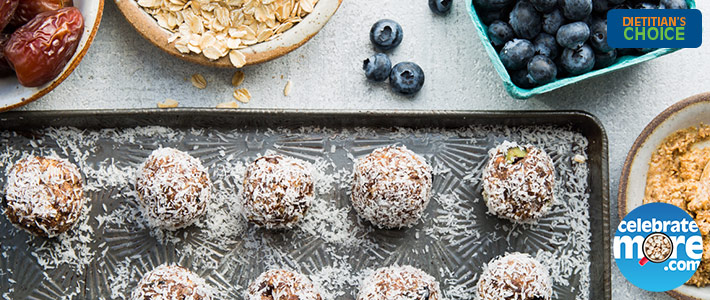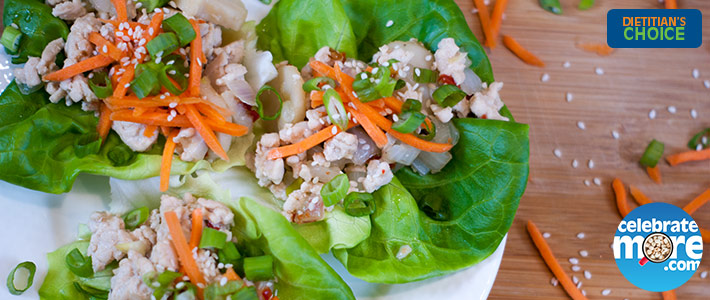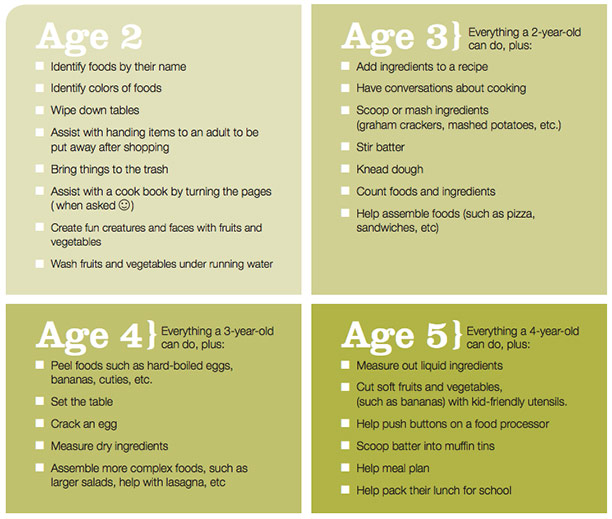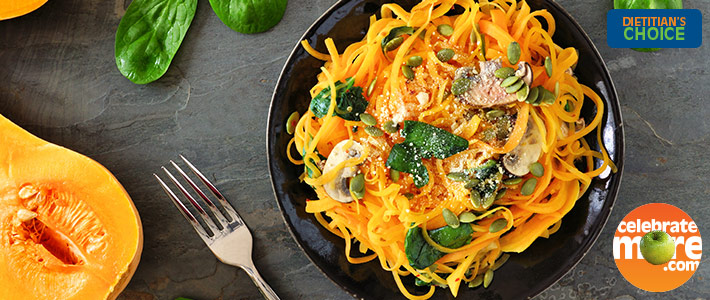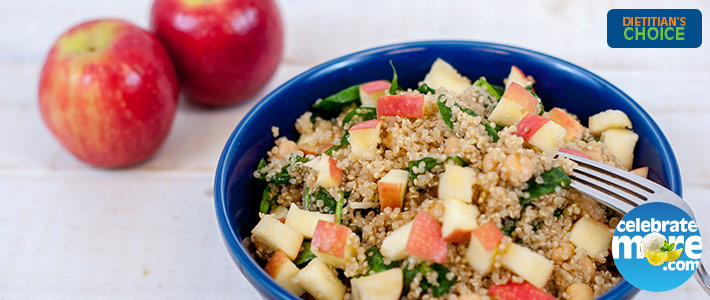Tags: healthy
February is American Heart Month
Did you know that heart disease is the leading cause of death for both men and women? To prevent heart disease and increase awareness of its effects, Coborn’s is proudly participating in American Heart Month.
- This month we had ‘Wellness Wednesday’ events co-hosted by our pharmacists and dietitians
- We also had PharmaSmart blood pressure machine hosted demo and enrollment expos at select locations
- Patients are able to visit our pharmacies any time this month for free blood pressure checks, immunization screening (most with heart disease need flu and pneumonia vaccines), and resources from dietitians.
You can make healthy changes to lower your risk of developing heart disease. Controlling and preventing risk factors is also important for people who already have heart disease. To lower your risk:
- Watch your weight, many of our locations have dietitian services to help you make healthy choices.
- Quit smoking and stay away from secondhand smoke, talk to any of our pharmacists if you are interested in quitting smoking.
- Control your cholesterol and blood pressure, check your blood pressure for free at any of our pharmacies.
- If you drink alcohol, drink only in moderation.
- Get active and eat healthy.
February 1st was national Go Red for Women Day, Go Red for Women is the American Heart Association’s national movement to end heart disease and stroke in women. This may be surprising, but heart disease is actually the No. 1 killer of women, causing 1 in 3 deaths each year. That’s approximately one woman every minute! Sixty-four percent of women who die suddenly of coronary heart disease had no previous symptoms. Because these symptoms vary greatly between men and women, they’re often misunderstood. Media has conditioned us to believe that the telltale sign of a heart attack is extreme chest pain. But in reality, women are somewhat more likely to experience shortness of breath, nausea/vomiting and back or jaw pain. Other symptoms women should look out for are dizziness, lightheadedness or fainting, pain in the lower chest or upper abdomen and extreme fatigue.
To learn more about heart disease visit the American Heart Association’s Website or talk to your local Pharmacist to see how we might be able to help you lower your risk for Heart Disease.
Jason,
Pharmacy Clinical Program Manager
Blueberry Power Superfood Bites
Understanding Intermittent Fasting
Intermittent Fasting
For a dietitian (and soon-to-be dietitians) it’s important to stay up to date with nutrition trends to be able to answer client’s questions. It can be quite the race trying to keep up with the latest diet fads. Seems like every week there’s a new strategy for eating, and it feels like you’re running a marathon at the pace of a 50m sprint. You finally figure out one diet, then another pops up and you’re back to the beginning – pretty soon you’re out of breath and need a snack. Maybe a nap, too.
Navigating the pros and cons and separating fact from fiction on the Internet can be difficult. Unfortunately, even articles that provide scientific references many times cherry pick information from research to fit their articles. This makes it that much harder to know what to believe. Lucky for you, dietetics is an evidence-based profession, and we are taught how to read and interpret scientific literature so you don’t have to!
So, let’s get to the scientific facts you need to know about intermittent fasting.
What is it?
Intermittent fasting is the practice of abstaining from food or drink for an extended period of time, whether it be overnight, during the day, or a number of days. It’s a pretty straightforward concept. Essentially, you have a period of time daily or weekly in which you do not consume any caloric intake (water is still allowed during fasting periods). There are different methods to this, so there are different variations of this style of dieting. Fasting has been a religious practice for thousands of years, but as of recently has caught media attention as a diet style for weight loss.
Intermittent fasting has a wonderful eat whatever the heck you want policy, as long as you don’t eat during your fasting period. This freedom to choose the foods you like is enticing, I totally get it.
There are different types of fasting strategies:
- Based on time – your fasting period is an extended period of time daily, most likely just an extended nightly fast that we all do while we sleep. Just think of it as once you wake up you don’t eat until lunch time.
- Based on days – your fasting period is a whole day, and you alternate days in which you fast.
- Based on calories – this type allows you to eat every day, but you have a severe caloric restriction on specific days with no calorie restriction on the others.
These are examples of a few, but there are definitely other variations.
What does Science say?
Science has mixed thoughts and, as with many fad diet trends, a serious lack of long-term trials to fully assess if intermittent fasting is beneficial. As of right now, in healthy persons, there’s no harm physically or mentally to intermittent fasting, and some studies have shown some weight loss in these groups. However, there has been no conclusive evidence showing intermittent fasting provides a superior amount of weight loss when compared to typical calorie restriction1. There is limited research as well on this diet and whether it can help with prevention of chronic diseases like heart disease and diabetes2. Also, much of the research available to dictate how fasting affects metabolism is done in mice or rats. While the research from these studies shows some promise, it is only a starting point and we cannot base conclusions off animal studies.
Reducing calories is the main driver behind intermittent fasting and how it allows some people to lose weight. Cutting out a meal a day allows some folks to reduce that many more calories. Hello weight loss! The science is inconclusive on how fasting impacts our hunger cues, so it might either make you ravenous or not change your hunger at all. But, if increased hunger happens and you eat more at your other meals, your calorie deficit is gone.
All in all…
We would not recommend intermittent fasting based on the fact that we just don’t know how intermittent fasting truly works on the body. There is no scientific research to support the theory that it’s more beneficial than traditional calorie restriction and there’s just not enough historical research to know how it affects us long term. Maybe when we have more definitive human research we can consider this as a more viable option, but for now, eating a balanced diet and reducing calories is the approach we recommend for weight loss! And of course, include physical activity for a well balanced lifestyle.
Wishing you a happy & healthy new year,
Kayla Wenner
This article was written by Kayla Wenner, Dietetics Student from the University of Minnesota, Twin Cities. This article was reviewed and approved by the team of Coborn’s Registered Dietitians.
References:
- Patterson RE, Sears DD. Metabolic Effects of Intermittent Fasting. Annu Rev Nutr. 2017; 37: 371-393.
- Barnosky AR, Hoddy KK, Unterman TG, Varady KA. Intermittent fasting vs daily calorie restriction for type 2 diabetes prevention: a review of human findings. Transl Res. Oct 2014; 164(4): 302-311.
- Ganesan K, Habboush Y, Sultan S. Intermittent Fasting: The Choice for a Healthier Lifestyle. Cureus. July 2018; 10(7): e2947.
Happy & Healthy in the New Year
Getting a Happy and Healthy Start to the New Year
 We may have just found the key to happiness—a daily dose of fruits and veggies. We are all well-aware that fruit and veggie consumption has been linked to various health benefits such as lowered risk for heart disease, cancer, and high blood pressure, but did you know that science has found that people who eat more fruits and veggies are actually happier, have increased life satisfaction, and better mental well-being?1
We may have just found the key to happiness—a daily dose of fruits and veggies. We are all well-aware that fruit and veggie consumption has been linked to various health benefits such as lowered risk for heart disease, cancer, and high blood pressure, but did you know that science has found that people who eat more fruits and veggies are actually happier, have increased life satisfaction, and better mental well-being?1
Researchers from the University of Warwick analyzed dietary habits of 80,000 British women and men.1 Over a 24-month period, it was found that extra servings of fruits and veggies led to increased happiness levels and that consumption of 7-8 servings per day led to the happiest people. Just how much happier are these individuals? According to the study, if an individual went from eating no produce to eating eight servings per day over the 24-month period, they experienced a 0.24 increase on average in their happiness score (scored 1-10). Although that may not sound like a large boost, the increase can be compared to the feeling of going from unemployed to employed.1
With just 1 in 10 adults meeting the recommendations for fruit and veggie consumption, researchers (and dietitians alike) hope this added benefit of fruit and veggie intake, increases people’s motivation to consume more.2
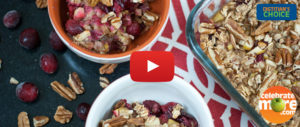 With health-related New Year’s Resolutions in full-gear, this is the perfect time to add more fruits and veggies to your diet. Look for creative ways to boost your consumption, such as adding seasonal produce to classic Midwest dishes. Try one of our team’s favorite easy breakfast recipes: Apple Cranberry Oatmeal Bake.
With health-related New Year’s Resolutions in full-gear, this is the perfect time to add more fruits and veggies to your diet. Look for creative ways to boost your consumption, such as adding seasonal produce to classic Midwest dishes. Try one of our team’s favorite easy breakfast recipes: Apple Cranberry Oatmeal Bake.
Looking for more ways to boost your fruit and veggie intake for you and your family? Check out these kid-friendly recipes
or head on over to our Dietitian’s Corner for all of our latest recipes, articles and resources!
Happy and Healthy Eating,
Emily, RD, LD
1News & Events. Retrieved December 29, 2017, from https://warwick.ac.uk/newsandevents/pressreleases/7-a-day_for_happiness/
2CDC Newsroom. (2017, November 16). Retrieved December 29, 2017, from https://www.cdc.gov/media/releases/2017/p1116-fruit-vegetable-consumption.html
Sweet Thai Chili Lettuce Wraps
Cooking With Kids!
 Although we are all proud and tough here in the midwest, we often just need to stay inside to stay warm on these brisk winter days! However, we may get a little antsy if we’re stuck inside for too long, especially with kids around.
Although we are all proud and tough here in the midwest, we often just need to stay inside to stay warm on these brisk winter days! However, we may get a little antsy if we’re stuck inside for too long, especially with kids around.
A great family activity is cooking or baking together, especially around the holidays! I can almost guarantee that when you cook with the kids, the kitchen will be a bit more of a mess, but it will all be worth it! No matter their age, cooking can be a great way to encourage kids to try new foods, develop new skills, and learn to follow instructions.
How to get the kids involved at every age:
The Big Question: What Do We Make?!
There are so many great recipes that incorporate fruits and vegetables that are so easy and fun for kids to make. Here are a few of my favorites:
Confetti Quesadillas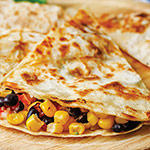
Everyone loves confetti, right!? What about confetti quesadillas? This is a fun spin on your classic quesadilla that adds in the veggies, beans and whole grains. Perfect for Taco Tuesdays for a quick weeknight dinner!
Pizza Night 
Build pizza your way on a whole grain pizza crust! This is always a hit with kids and they can add whatever toppings they like. Try making fun faces on the pizzas using veggies to make eating veggies more fun!
Blueberry, Avocado, and Banana Smoothie Bowl 
This is a great way to get more fruit in your kids’ diets! They’ll have fun adding things in the blender and watching it mix. It’s a great afternoon snack or the perfect breakfast to start their day (and yours!) off right!
Share with us on Instagram @Coborns_Stores what you and your kids are cooking up! Join in the conversation with the #kidscookingcreations!
Wishing you all a happy and healthy holiday season,
Amy RD, LD
French Toast
Beefy Sweet Potato and Black Bean Chili
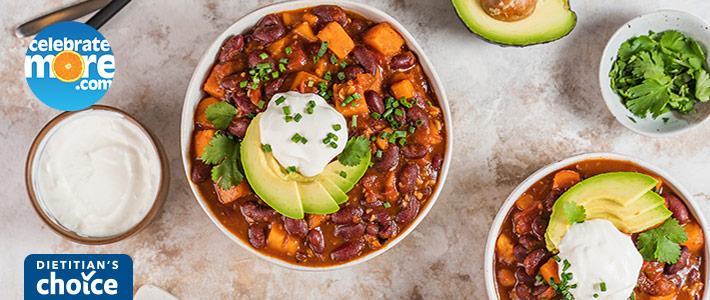
Beefy Sweet Potato and Black Bean Chili
Beefy Sweet Potato and Black Bean Chili is a nutritious way to warm yourself up on a cold day without slowing you down. Our dietitians are adding new recipes all the time, so check out our Dietitians Choice Recipes page for all their latest recipes!
Shop from the comfort of your home! You can shop online at any of our proud family of stores for these recipe ingredients as well as the rest of your grocery list! We offer curbside pick up at all locations and delivery in select locations as well. Don’t forget to connect your MORE Rewards account when you shop online for extra savings, digital coupons, and many other rewards too!
Shop Ingredients
Autumn Squash Zoodles
Caprese Salad
Crumb Coated Cod Fillet
Stuffed Bell Peppers
Ground Beef Pasta Primavera
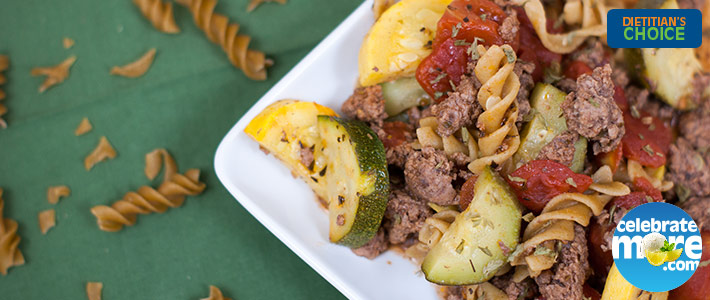
Shop Ingredients







